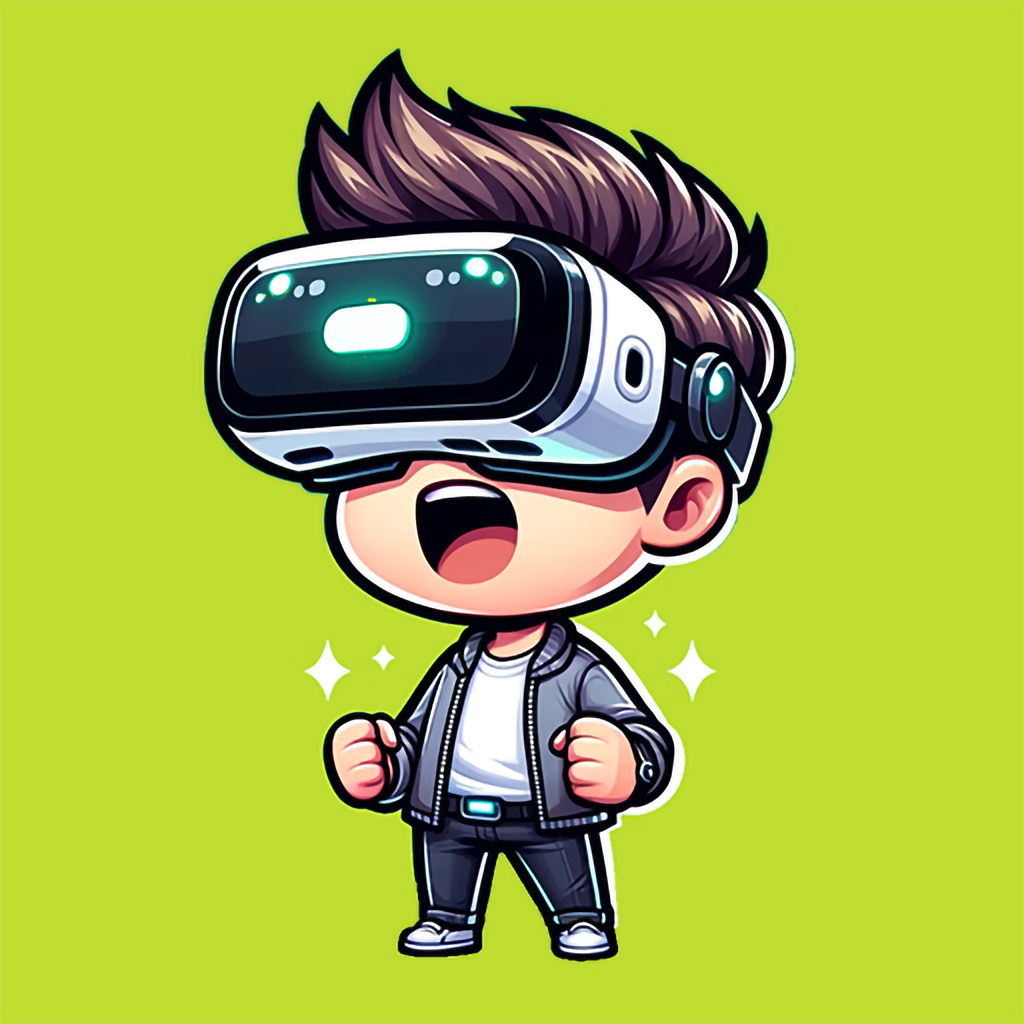In the digital age’s renaissance of immersive experiences, Virtual Reality (VR) has emerged as the vanguard of innovation in the gaming industry. This burgeoning sector isn’t just a playground for juggernaut companies and fosters an exciting environment for solo developers looking to make their mark.
However, for a solo creator, venturing into the realm of VR game development can feel like stepping into the heart of a technological labyrinth. This blog post is your lantern and your map—it will guide you through creating a VR gaming masterpiece, from the initial concept to the electrifying moment your avatar takes its first breath in the digital world.
Understanding the Essence of VR
Before you even touch a line of code, immerse yourself in VR as a consumer. Understand what elements make a VR experience unique, what gameplay mechanics shine brightest, and how to nurture an environment where players aren’t spectators but participants in your vision.
Experience VR as a User
Spend significant time with popular VR titles to gain a user’s perspective. Speak their language, anticipate their desires, and empathize with their discomfort. Note elements of VR design that enhance or detract from the experience, and consider how these learnings can shape your project.
Analyze Successful VR Games
Plunge into analytical waters to dissect acclaimed VR games. What pathfinding solutions work best? How is the sense of scale utilized? What novel interactions are incorporated? By answering these questions, you’ll form foundational knowledge that informs your design process.
Comprehend the Limits and Capabilities of VR Technology
Stay attuned to the rapid developments in VR hardware and software. Know what the latest devices and APIs can achieve, whether higher render resolutions or more accurate hand tracking. Understanding these capabilities will prevent wasted effort and inspire new approaches.
Crafting the Core of Your VR Experience
Every VR game begins as a seed—an idea yearning to take root and thrive in the virtual soil. Here, we nurture that seed into a robust kernel, the core concept defining your game’s identity.
Finding Your Niche
Specialize, don’t scatter. Identify a niche within the VR market that excites you and aligns with your skills and resources. It could be a specific genre, a unique mechanic, or an underserved community of players. Niche projects often find enthusiastic, dedicated audiences.
Conceptualization and Prototyping
Flesh out your core concept by creating a concise design document. Use it to guide initial prototyping, which should focus on proving the viability of your gameplay and the fun factor. Rapid prototyping will be your most potent tool for refining your concept.
Storytelling in VR
Storytelling in VR is a tale waiting to be rewritten. The traditional linear narrative may not always hold true—exploring branching paths, player-driven stories, and immersive environments is vital. Allow players to be the protagonist in a fully-realized world where every action has a consequence.
Bringing Your Vision to Life
The technical and artistic sides of VR game development are two halves of the whole, both equally vibrant and vital to your game’s success.
Overcoming Technical Challenges
VR presents unique technical challenges, from optimization for high frame rates to implementing complex interaction models. Take a strategic approach, starting with a solid Unity or Unreal Engine foundation, and leverage available resources like forums, tutorials, and VR-specific tools.
Art and Aesthetics
Your game’s visual and auditory aspects will be the player’s gateway to immersion. Develop a strong aesthetic that complements your gameplay—aesthetic isn’t just about pretty visuals; it’s about visual storytelling that supports the overall experience.
The Importance of Sound Design
In VR, sound is just as crucial as sight. It doesn’t just exist in the environment; it is the environment. Experiment with binaural audio and spatial sound to create a sonic landscape that guides and envelops the player.
Testing, Iterating, and Launching
Iteration and testing are the forge and anvil of game development. Here, we will refine your creation until it shines then release it into the world with pride.
The Iterative Process
Always be ready to re-evaluate your work. Gather feedback, both from playtesting and industry peers. Implement changes, test new ideas, and never grow too attached to any aspect of your game that you’re unwilling to adapt or discard.
Preparing for Launch
The final sprint towards launch is often the most hectic. Develop marketing materials, create a buzz around your game through previews and announcements, and ensure that all technical aspects—such as performance, compatibility, and storefront integration—are in place.
Post-Launch Support and Community Engagement
The launch of your game is just the beginning of its life. Support it with patches, updates, and new content. Engage with your community to foster a loyal player base; their insights can guide your game’s post-launch development trajectory.
The Journey Continues
The trail to success is never set in stone. It’s a path to be forged and found, one adjustment at a time. With this knowledge, venture forth and make your unique mark in the virtual realm. You are the harbinger of new horizons for VR gaming, a testament to the creativity and tenacity of the solo developer.
